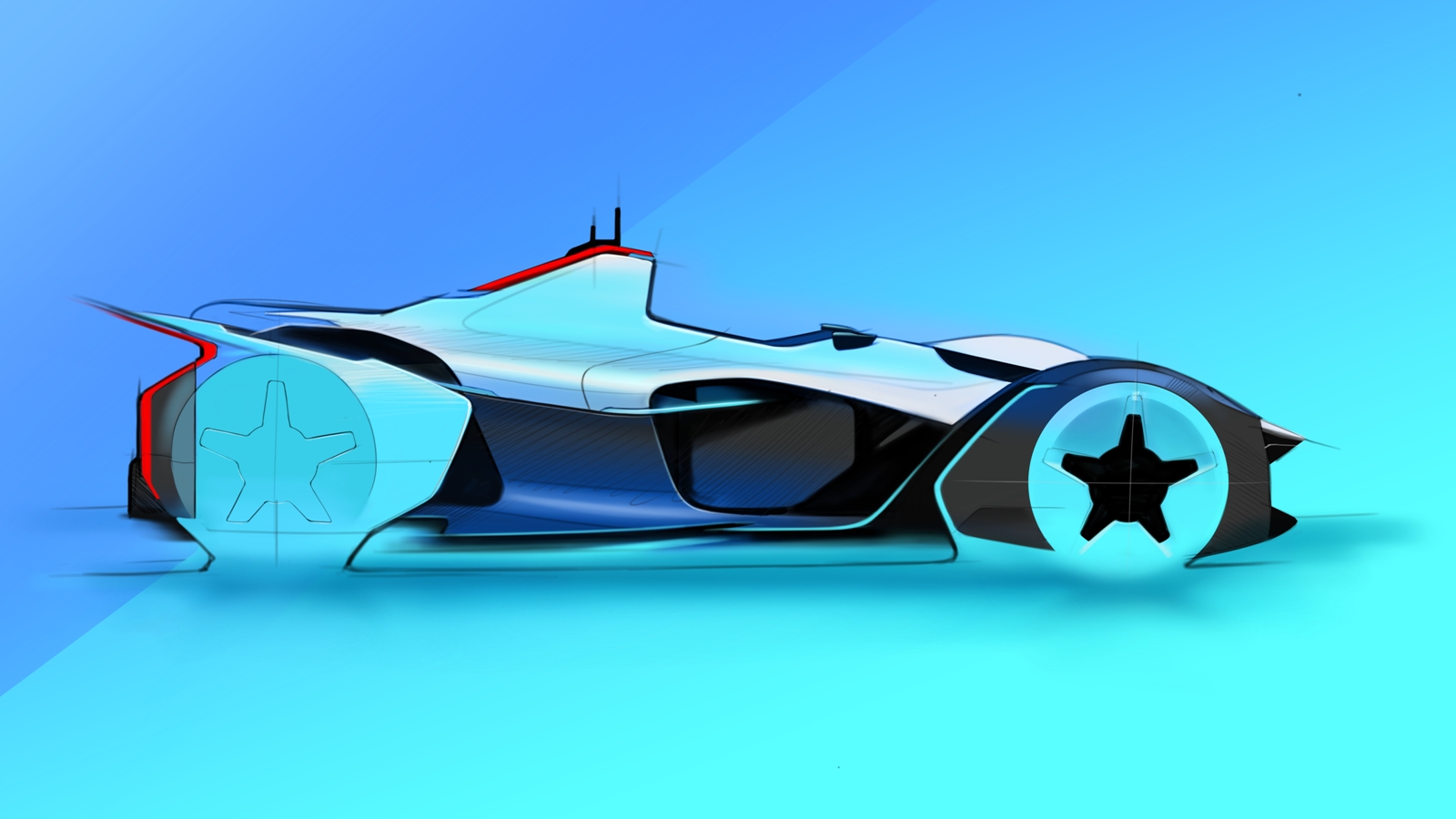Supercar manufacturer chooses hydrogen fuel cell technology for its e-Mono powertrain to keep weight down
British supercar manufacturer Briggs Automotive Company (BAC) has released the results of a hydrogen powertrain technology concept feasibility study that it conducted with hydrogen powertrain engineers at Viritech, creating the new e-Mono powertrain.
Funded by the Office for Zero Emission Vehicles, the Niche Vehicle Network Feasibility Study was performed by Viritech for BAC, the Liverpool based manufacturer of the existing Mono supercar.
One of the main challenges of converting a 555kg Mono supercar to zero-emissions is how to retain its ultra-lightweight, especially as converting to a battery-electric (BEV) would make the car 50% heavier. In addition, while BEV cars can go just as fast as a petrol-engined alternative, the joy of a track-focused supercar is its agility and responsiveness through corners. Viritech and BAC set out to create a design for a ZEV (Zero Emission Vehicle) e-Mono that stayed true to BAC’s founding principle of making the world’s best driving car.
Viritech’s philosophy is to develop fuel cell drivetrains that are lighter, smaller, and more efficient than anything on the market, and BAC wanted to develop a ZEV powertrain that would fit within the existing chassis and body, while keeping weight to an absolute minimum. The e-Mono also had to achieve the same Silverstone lap time as the Mono R, if not better it.
Powertrain development
It was accepted that the combination of a fuel cell, a hydrogen storage tank and a battery pack would be heavier than a petrol engine, but if kept to a manageable weight, it would not compromise the Mono’s renowned agility.
One of the main challenges was to fit a fuel cell powertrain into an existing Mono chassis, the next was to retain perfect weight distribution, and finally the completed car had to be housed within the confines of existing Mono bodywork.
The solution was to fit the battery pack element as far under the seat as possible, and by making the battery pack casing a structural component, it was possible to reduce the chassis footprint which increased available space. The fuel cell was then put above the battery pack, with its compressor hidden inside the air intake pod normally used for the petrol-powered Mono R.
The result is a battery pack which produces 265 bhp, with a fuel cell producing 107 bhp, and tiny 3kg motors on the front wheels which provide an additional 55 bhp per motor and all-wheel drive.
The design was put through a series of Digital Twin simulation tests, in which the e-Mono shaved two seconds off the Mono R Silverstone lap time (2.04.3 vs 2.06.3). The combination of fuel cell and battery resulted in the capability to run 10 fast laps of Silverstone between refuelling. On-road range is calculated at 166 miles on the official WLTP cycle, approximately 140 miles in realistic use.
Although conducted in the virtual world, the demonstration indicated that a fuel cell electric powertrain meets the performance requirements of the most driver-focused, lightweight supercar in the world. Furthermore, they can be met without any changes to the vehicle’s ultra-compact footprint and bodyshell.
The results of the joint feasibility study provides BAC with a sound foundation and basis for a future, proof of concept project to further develop, and enhance, with its technical partners, in preparation of launching e-Mono to the world.
- UK manufacturing steps up to COVID-19 crisis - April 2, 2020
- Clustering Innovation - March 12, 2020
- A Global Monitor - March 6, 2020

